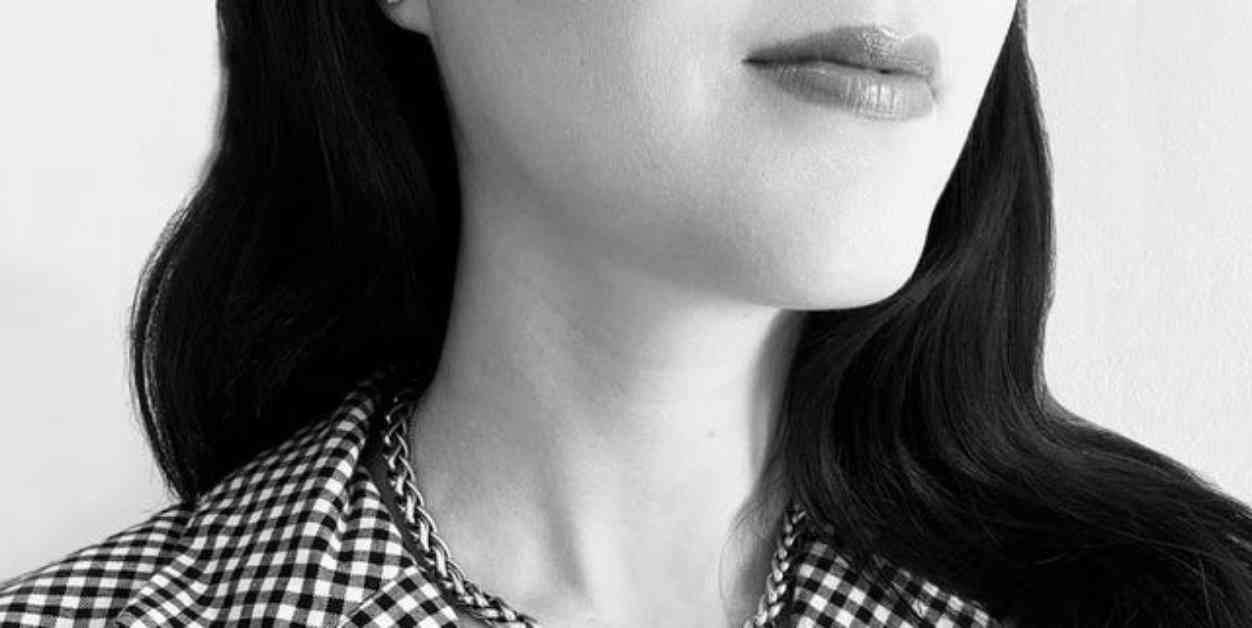Ultherapy is a popular non-invasive skin-tightening treatment that stimulates collagen and elastin production. It is FDA-cleared to lift the skin on the brow, neck, and under the chin, as well as improve lines and wrinkles on the decolletage. Unlike lasers or microneedling, Ultherapy uses ultrasound energy to penetrate deep into the skin, creating a thermal effect that triggers the body’s natural healing response.
During an Ultherapy appointment, the treatment areas are marked, and the device is passed over each area multiple times. The procedure can take anywhere from one to three hours, depending on the areas treated. While the treatment can be uncomfortable, some patients may opt for pain management options like pain medication or laughing gas.
After the treatment, patients may experience some swelling, soreness, bruising, or tenderness, but these side effects are usually mild and temporary. The recovery time is minimal, with most patients able to resume their normal activities immediately after the treatment.
While Ultherapy can provide noticeable results, there are some risks to consider, such as temporary discomfort, pain, swelling, redness, or bruising. In rare cases, facial nerve damage or temporary numbness or tingling may occur. It’s essential to discuss any risks or health conditions with your provider before undergoing the procedure.
Many patients are pleased with the results of Ultherapy, noting improvements in skin laxity, jawline definition, and reduction of fine lines. However, for more severe skin laxity, surgical options like a neck or facelift may be more suitable for achieving long-lasting and dramatic results.
In conclusion, Ultherapy can be a worthwhile option for those looking to tighten and lift their skin without undergoing surgery. While the procedure may involve some discomfort, the results can be significant and long-lasting. As with any cosmetic treatment, it’s essential to consult with a qualified provider to determine the best approach for your individual needs.










